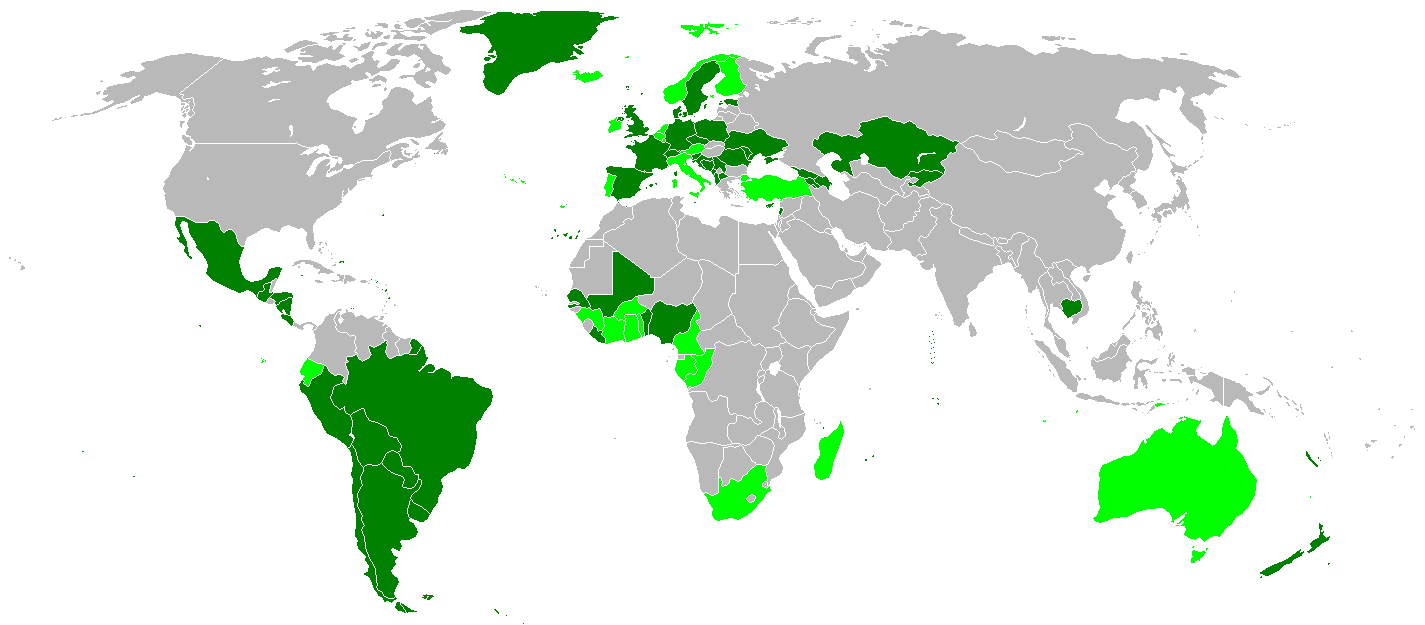National Ombudsperson for the Rights of Persons Detained or Deprived of their Liberty: Hearing at the UN in Geneva

A delegation of the National Ombudsperson for the Rights of Persons Detained or Deprived of their Liberty, composed of the President Mauro Palma and the Head of the Unit on National and International Networks and Field studies, had a meeting with the United Nations Subcommittee on Prevention of Torture (SPT), established by the Optional Protocol to the Convention against Torture and Other Cruel, Inhuman or Degrading Treatment or Punishment (OPCAT).
The hearing planned to check the ongoing work of the Italian organism, which was established with the law 146/2013 and brought into law by the circular of the Ministery of Justice on 18th May 2016. It also aimed to assess the Ombudsperson's independency, and to monitor its work on the coordination of the territorial Ombudspersons. In particular, the Subcommittee observed a situation that was unique to the Italian System: the characteristics of the norms that were put in place by the Territorial Ombudspersons, the breadth of their mandate and how possible it would effectively be to delegate to them, powers and obligations foreseen by OPCAT and binding only on the National Ombudsperson.
The delegation worked to continue to confront these arguments with the Local Ombudspersons, appealing to the Regions who haven't yet appointed this figure to do so, following the regulations set out in the OPCAT.
The UN Subcommittee on Prevention of Torture coordinates and sustains the national independent mechanisms that carry out preventative actions depending on its mandate from OPCAT. The Italian authorities, following the ratification of the Protocol, have indicated (with a diplomatic letter) the National Ombudsperson for the Rights of Persons Detained or Deprived of their Liberty as an independent mechanism.

